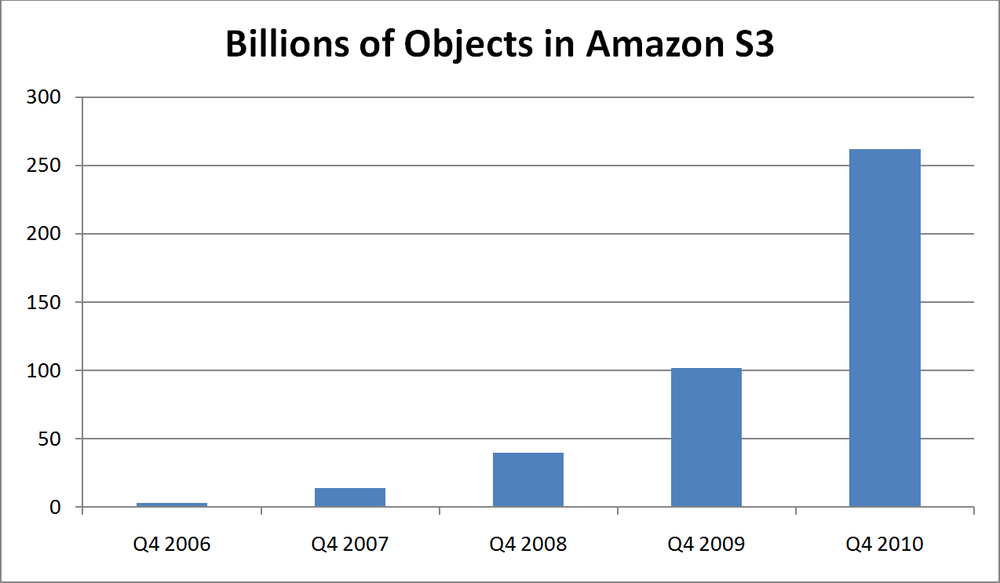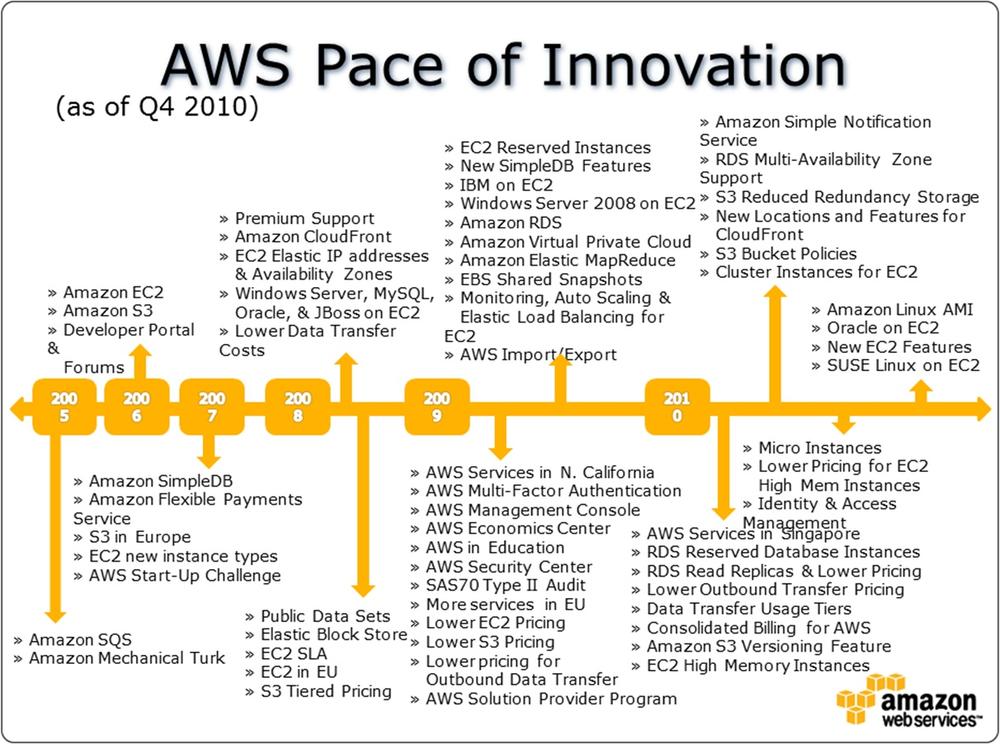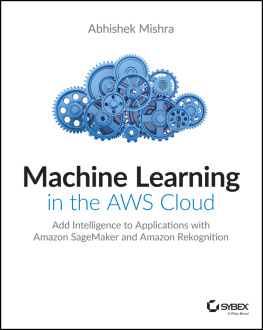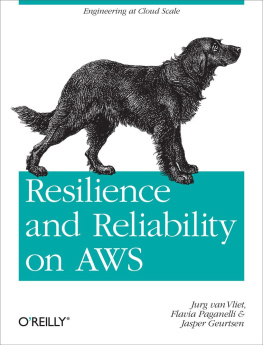Foreword
Werner VP & CTO at Amazon.com Vogels
VP & CTO at Amazon.com
March 14, 2006, was an important day, even though it is unlikely that it will ever become more than a footnote in some history books. On that day, Amazon Web Services launched the first of its utility computing services: the Amazon Simple Storage Service (Amazon S3). In my eyes that was the day that changed the way IT was done; it gave everyone access to an ultra-reliable and highly scalable storage service without having to invest tens of thousands of dollars for an exclusive enterprise storage solution. And even better, the service sat directly on the Internet, and objects were directly HTTP addressable.
The motivation behind the launch of the service was simple: the AWS team had asked itself what innovation could happen if it could give everyone access to the same scalable and reliable technologies that were available to Amazon engineers. A student in her dorm room could have an idea that could become the next Amazon or the next Google, and the only thing that would hold her back was access to the resources needed to fulfill that potential. AWS aimed at removing these barriers and constraints so people could unleash their innovation and focus on building great new products instead of having to invest in infrastructure both intellectually and financially.
Today, Amazon S3 has grown to store more than 260 billion objects and routinely runs more than 200,000 storage operations per second. The service has become a fundamental building block for many applications, from enterprise ERP log files to blog storage, streaming videos, software distribution, medical records, and astronomy data.
By routinely running over 200,000 storage operations per second, Amazon S3 is a marvel of technology under the covers. It is designed to support a wide range of usage scenarios and is optimized in very innovative ways to make sure every customer gets great service, regardless of whether he is streaming videos or just housing some home photos. One of my colleagues had a great analogy about how the Amazon S3 software had to evolve: it was like starting with a single-engine Cessna that had to be rebuilt into a Boeing 747 while continuing to fly and continuously refueling, and with passengers that changed planes without noticing it. The Amazon S3 team has done a great job of making the service something millions and millions of people rely on every day.

Following Amazon S3, we launched Amazon Simple Queue Service (Amazon SQS), and then Amazon Elastic Compute Cloud (Amazon EC2) just a few months later. These services demonstrated the power of what we have come to call Cloud Computing: access to highly reliable and scalable infrastructure with a utility payment model that drives innovation and dramatically shortens time to market for new products. Many CIOs have told me that while their first motivation to start using AWS was driven by the attractive financial model, the main reason for staying with AWS is that it has made their IT departments agile and allowed them to become enablers of innovation within their organization.
The AWS platform of technology infrastructure services and features has grown rapidly since that day in March 2006, and we continue to keep that same quick pace of innovation and relentless customer focus today.
Although AWS, as well as its ecosystem, has launched many tools that make using the services really simple, at its core it is still a fully programmable service with incredible power, served through an API. Jurg and Flavia have done a great job in this book of building a practical guide for how to build real systems using AWS. Their writing is based on real experiences using each and every one of the AWS services, and their advice is rooted in building foundations upon which applications on the AWS platform can scale and remain reliable. I first came in contact with them when they were building Decaf, an Android application used to control your AWS resources from your mobile device. Since then, I have seen them help countless customers move onto the AWS platform, and also help existing customers scale better and become more reliable while taking advantage of the AWS elasticity to drive costs down. Their strong customer focus makes them great AWS partners.

The list of services and features from these past years may seem overwhelming, but our customers continue to ask for more ways to help us remove nonessential infrastructure tasks from their plate so that they can focus on what really matters to them: delivering better products and services to their customers.
AWS will continue to innovate on behalf of our customers, and there are still very exciting things to come.
Preface
Thank you for picking up a copy of this book. Amazon Web Services (AWS) has amazed everyone: Amazon has made lots of friends, and all its enemies are too busy admiring AWS to do much fighting back. At the moment, there is no comparable public Infrastructure as a Service (IaaS); AWS offers the services at a scale that has not been seen before. We wrote this book so you can get the most out of AWS services. If you come from conventional hardware infrastructures, once you are on AWS, you wont want to go back.
AWS is not easy; it combines skills of several different (established) crafts. It is different from traditional systems administration, and its not just developing a piece of software. If you have practiced one or both of these skills, all you need is to be inquisitive and open to learning.
Our background is in software engineering. We are computer scientists with extensive software engineering experience in all sorts of different fields and organizations. But the cloud in general and AWS in particular caught our interest some years ago. We got serious about this by building Decaf, an Android smartphone application that manages Amazon EC2 (Elastic Compute Cloud) accounts. We were finalists in the Android Developer Challenge in 2009. We will use Decaf to illustrate various AWS services and techniques throughout this book.








